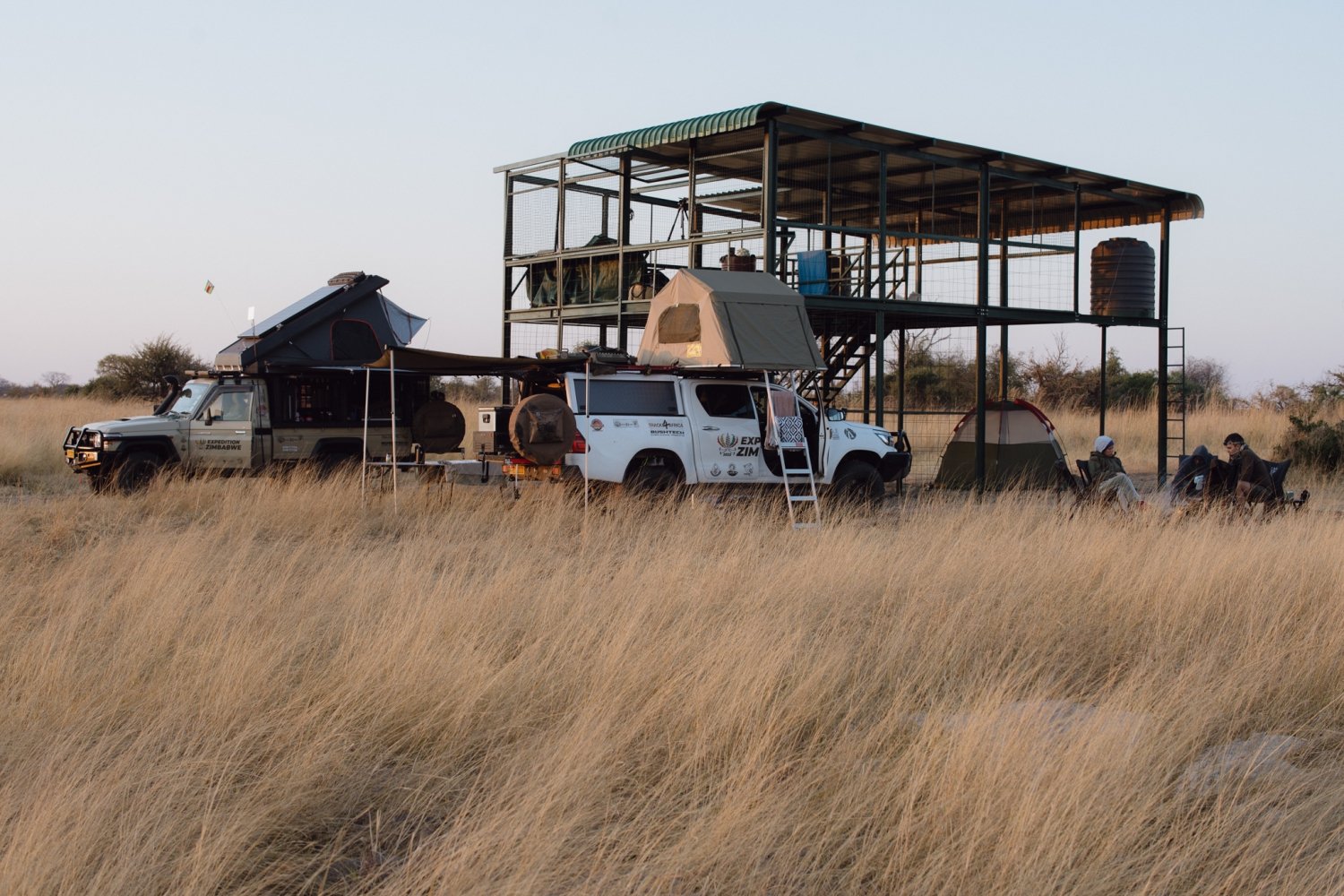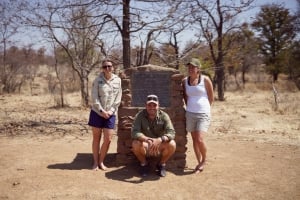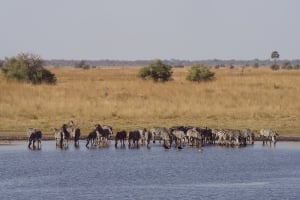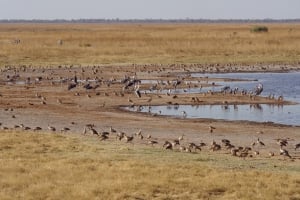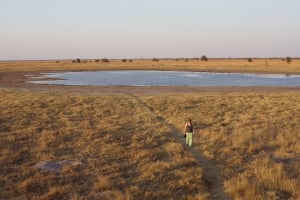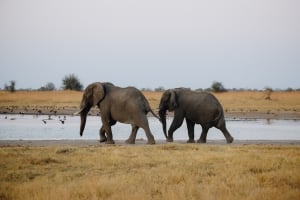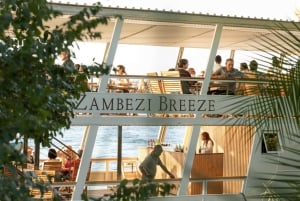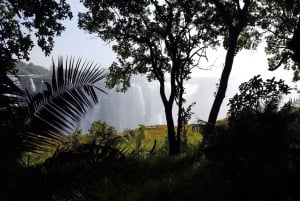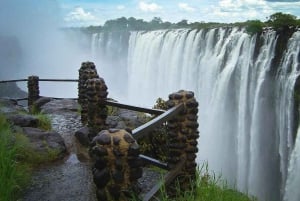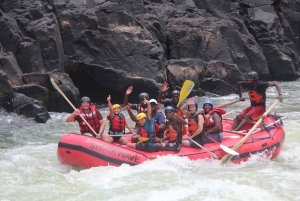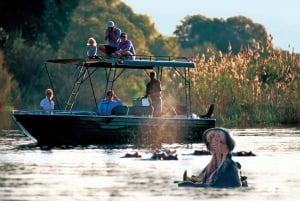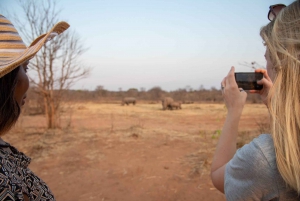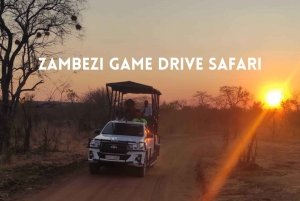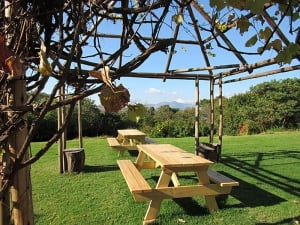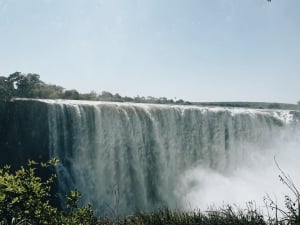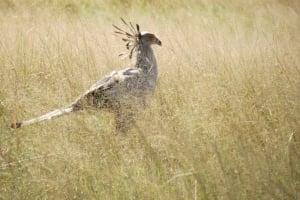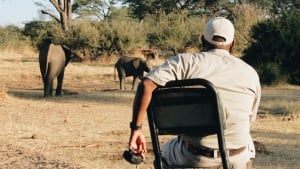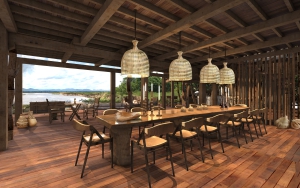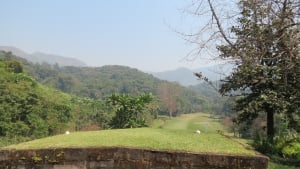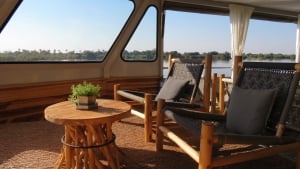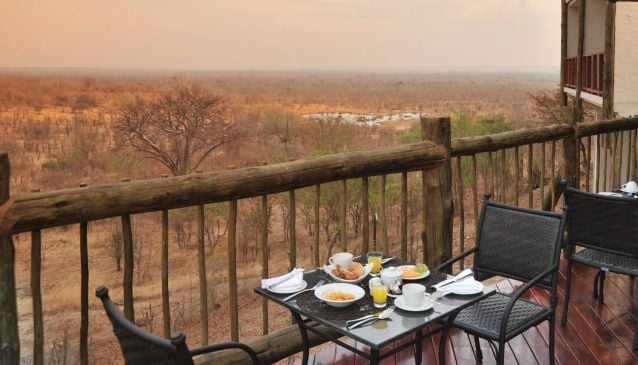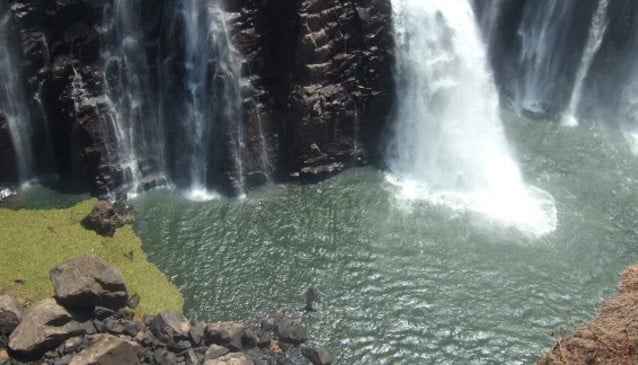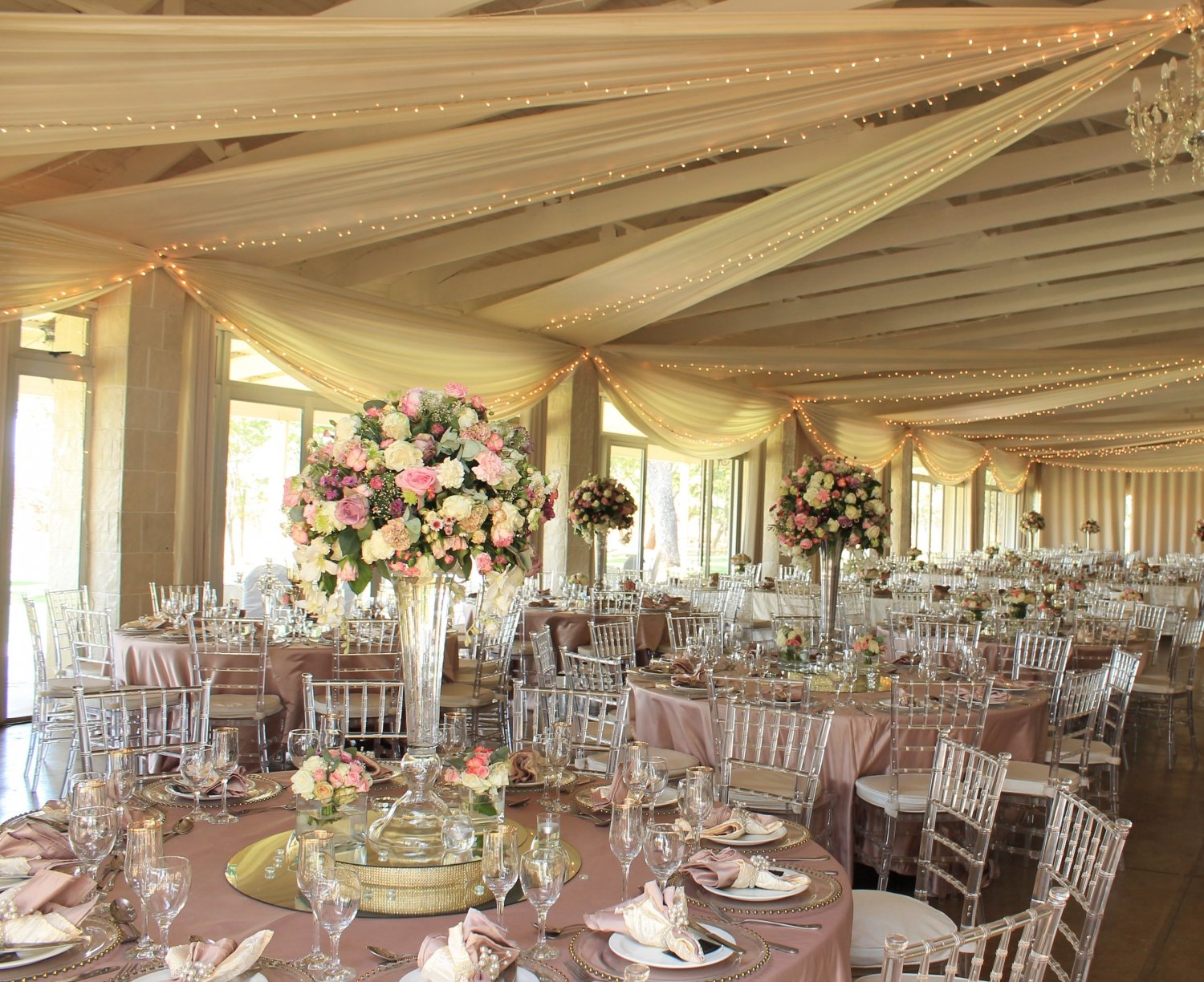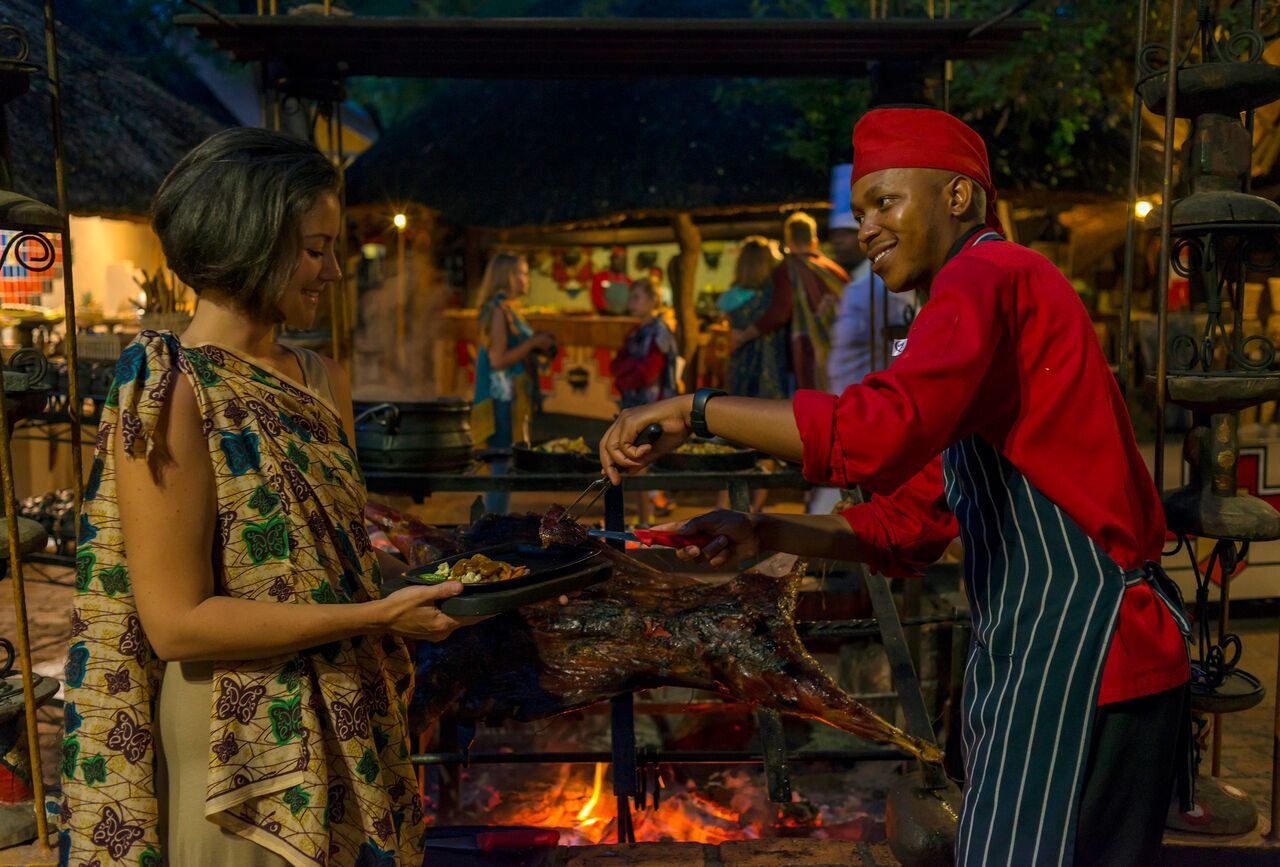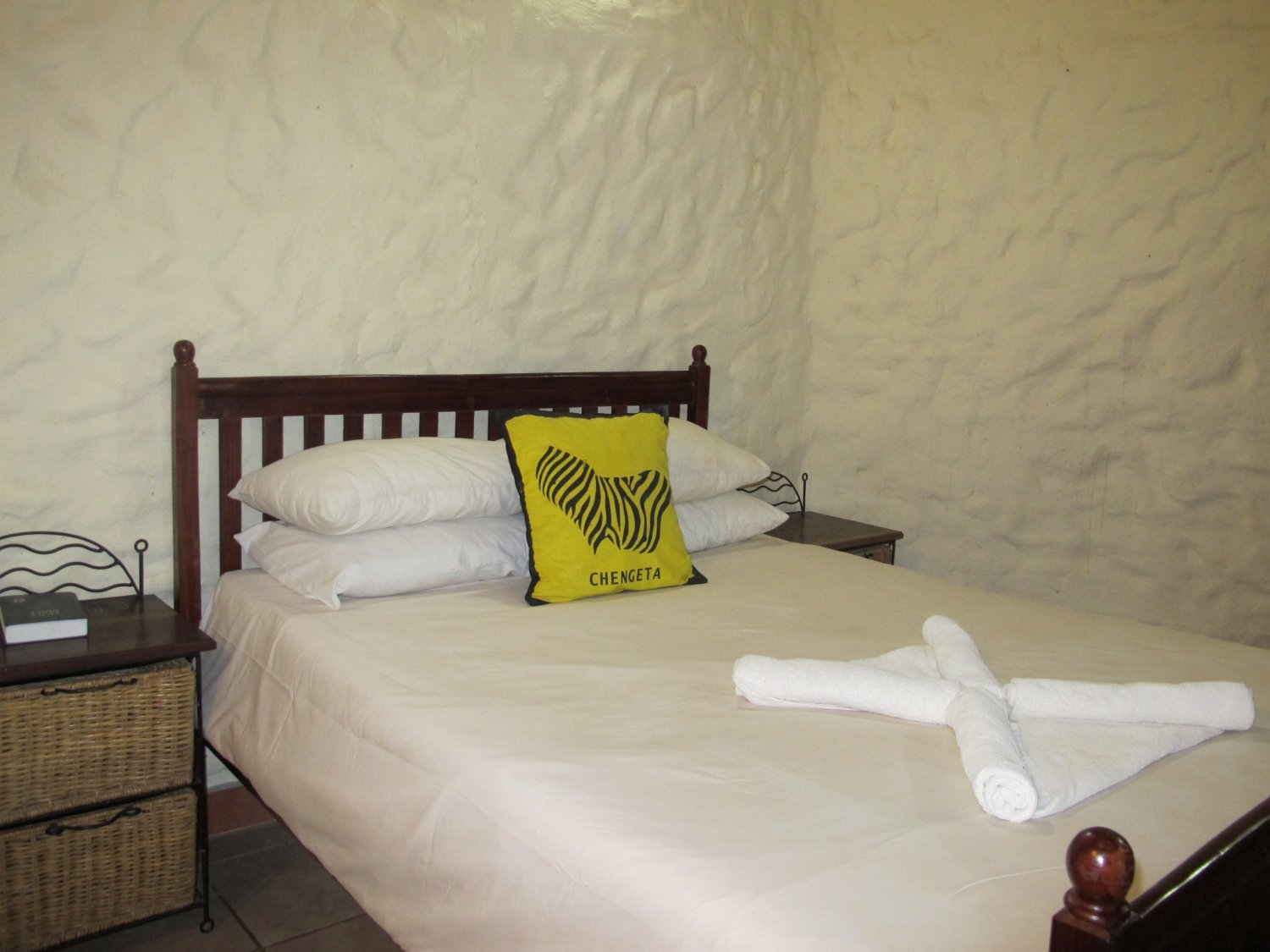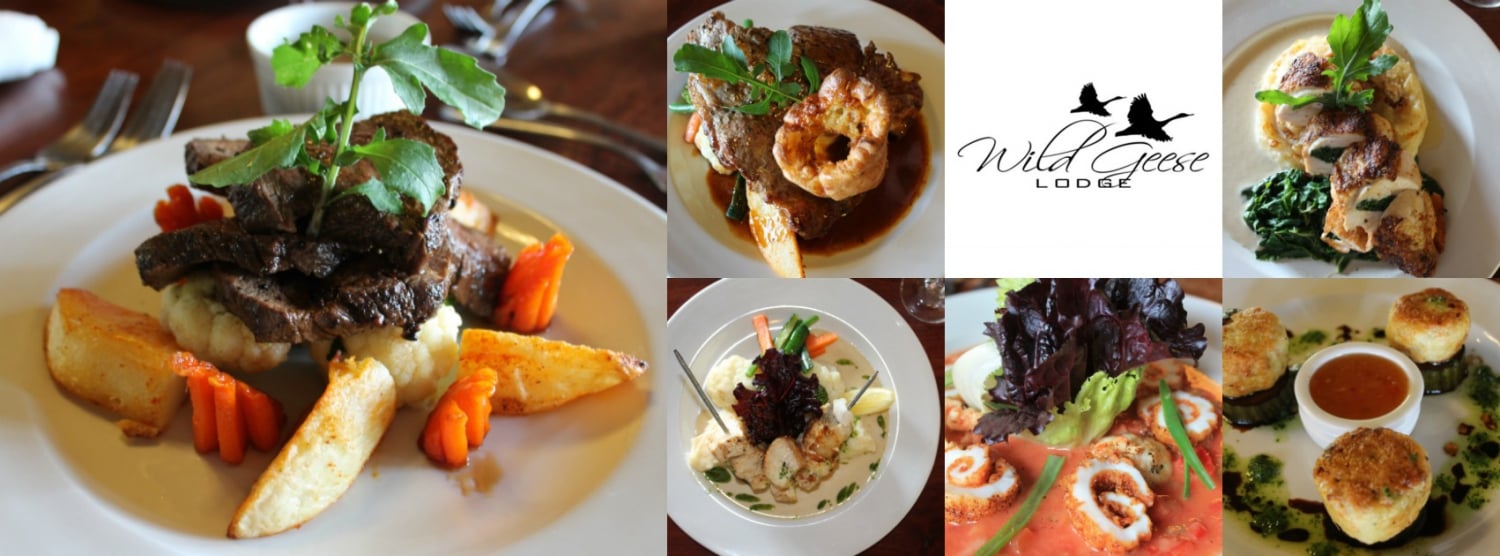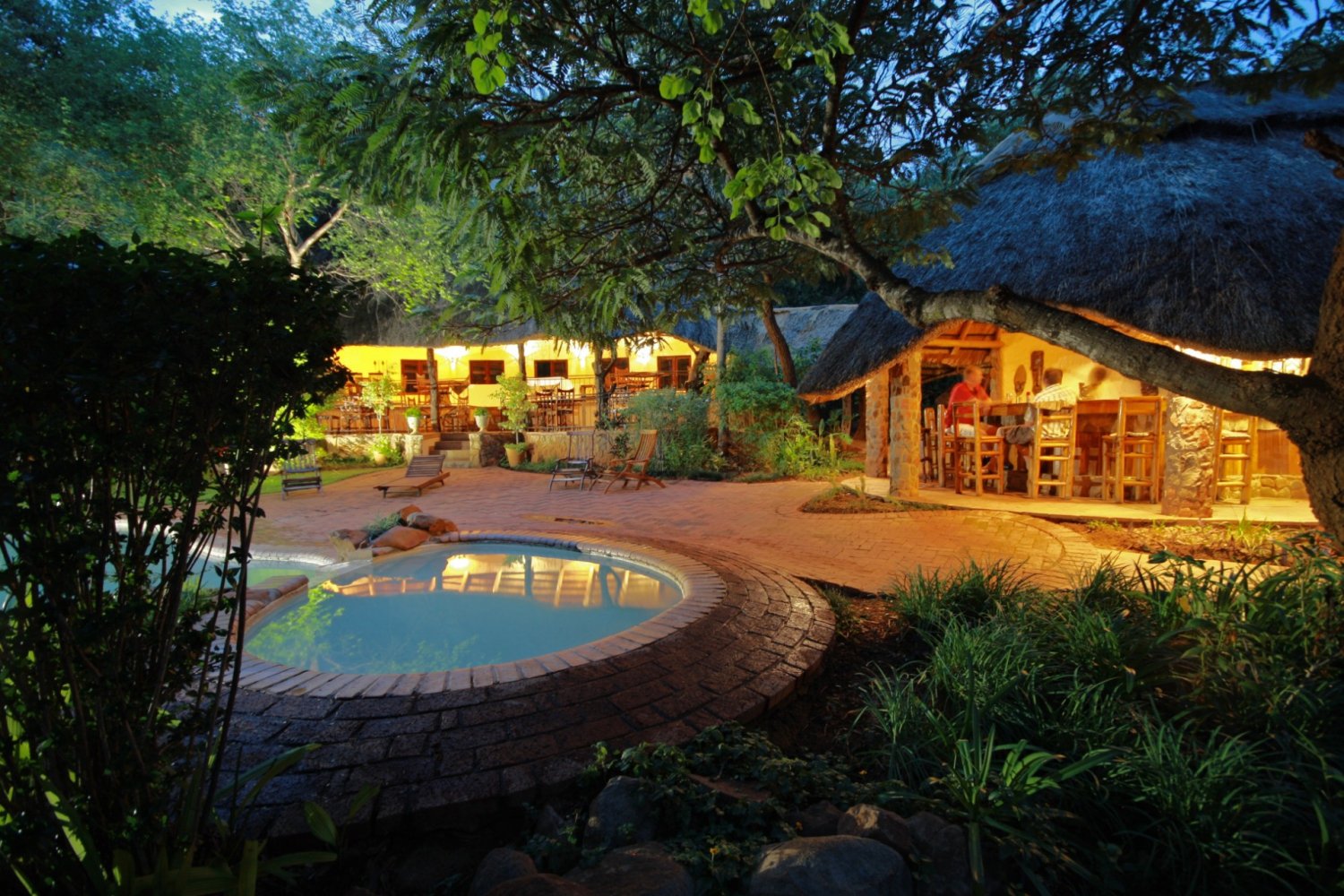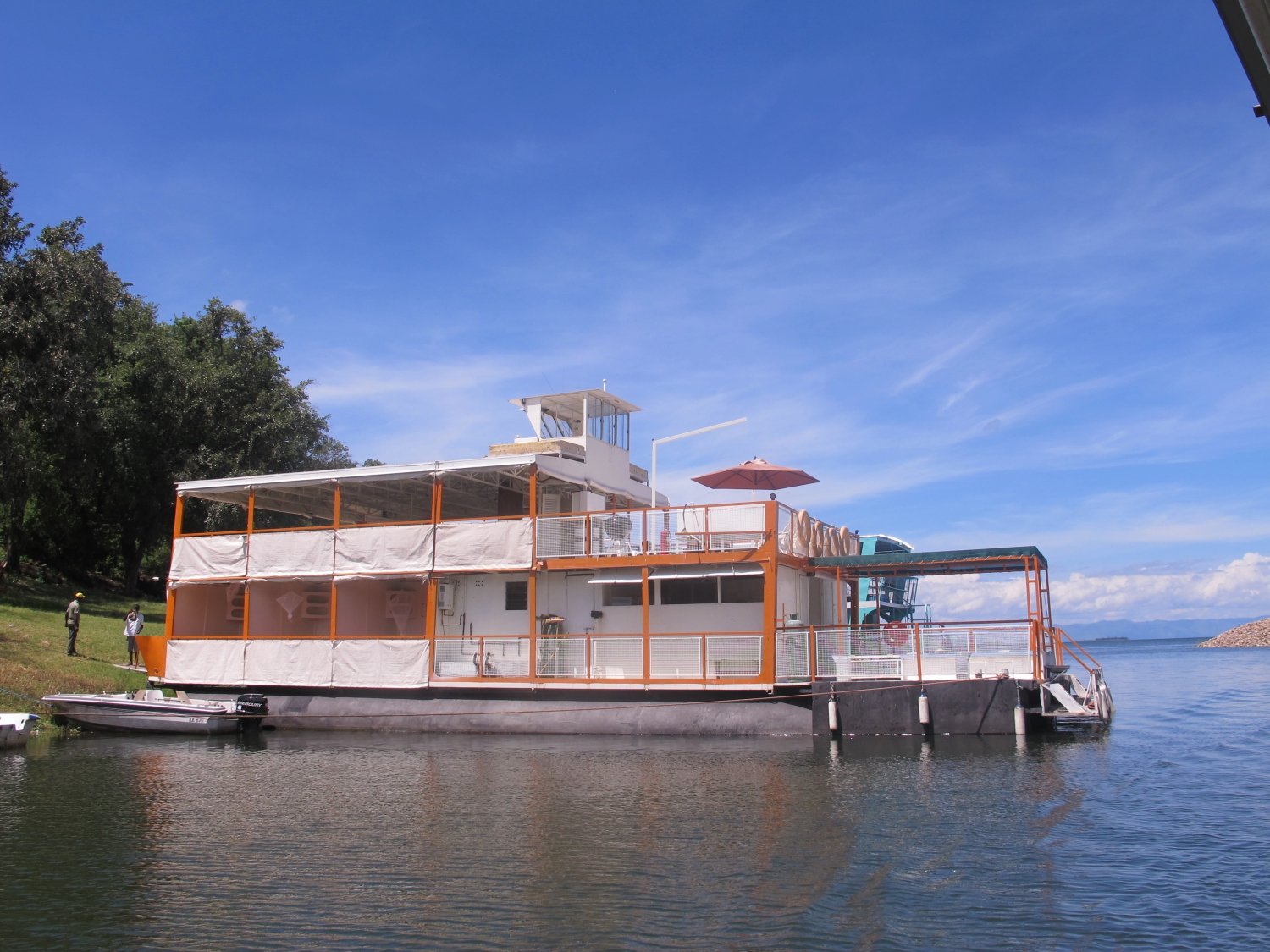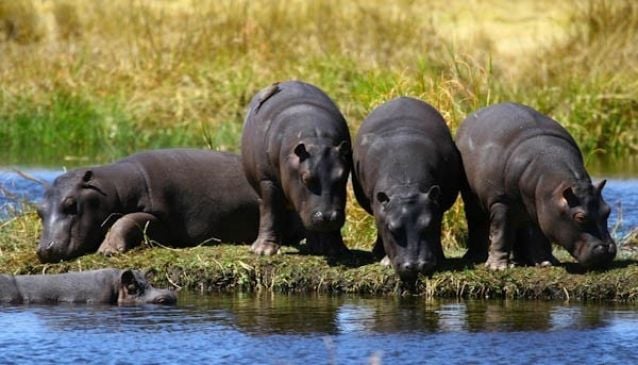Exploring Kazuma Pan National Park
Book Top Experiences and Tours in Zimbabwe:
If youʻre booking your trip to Zimbabwe last minute, we have you covered. Below are some of the top tours and experiences!- From Kasane: Victoria Falls Day Trip (Zimbabwe side)
- Chobe Day Trip from Victoria Falls, Zimbabwe
- Victoria Falls: Guided Walking Tour
- Victoria Falls: Dinner Cruise on the Zambezi River
“I’ve never seen anything like it before, it’s like something out of a book!” Casey gasped as we drove away from the Sable, sentinel and unmoving from the precious shade, away from the last groves of Mopane and into the depression. As Alec, Kazuma’s Senior Ranger had promised us at the park’s reception, “it's not that big but I can assure you, it’s very rich.” It is. Very, very rich. Scan the flat, shimmering horizon and you’ll watch the sloping tsessebe, Africa’s fastest antelopes, herds of zebra in numbers unlike I’ve seen elsewhere - 40, 50, 60? - oribi, endemic to the Kazuma Depression, roan, giraffe, gemsbok, reedbuck, and eland. Mirage-like oil-slick shapes dot the golden grassland pan. All the specials. All there. It is a landscape so different and so unlike the majority of Zimbabwe’s wilderness areas. It is like something out of a storybook.
Kazuma Pan National Park is 31,300 hectares (77,000 acres) and sandwiched between the Matesi Safari Area in the north and south with a gateway into an adjoining protected area in Botswana. It is well worth a night or two.
At sunset, everything changes. The colours lift in pitch and tone and the smudges of shapes become distinct, clear, and richly detailed. We camped at the solar-pumped Corner Pan and the animals, at first tentative and very unsure, came throughout our two-night stay to drink. The pan is claimed by a pod of five hippos and hundreds and hundreds of Egyptian Geese. Twice the geese flew off and away, leaving a strange silence after their constant din, returning en-mass 40mins later in a shouting, hissing, wall of sound. Countless yellow-throated Sandgrouse, as if watching from the wings, flew in exactly a minute after the geese had flown out. Two elephant bulls approached step by cautious hovering step over about 40 minutes, finally reaching the freshly pumped water and taking a good, long draw. They were the forwarding party. We had proved trustworthy. Six other bulls followed. And then two. And then another five. And then I stopped counting because there was a long train of bulls trudging forward to drink.
This morning - early with the very first and very vivid red pink of daybreak - the geese raised their din to a fever pitch. Lions, two cubs, and three females. They didn’t stay long. A quick drink and they were off, the lionesses anxious to keep moving. Twenty minutes later and two males followed, sniffing their tracks, lifting their noses in the blood-orange light to catch a scent. A male lion was calling from the Botswana side. They didn’t stop. They didn’t drink. They weren’t at all concerned by our light beams. Was a hostile takeover underway? The light lifted. Game birds in their thousands took flight from their nightly roost as we followed the big paw prints on top of the smaller cub prints. The trail went cold, lost in the golden grasses of Kazuma National Park.



